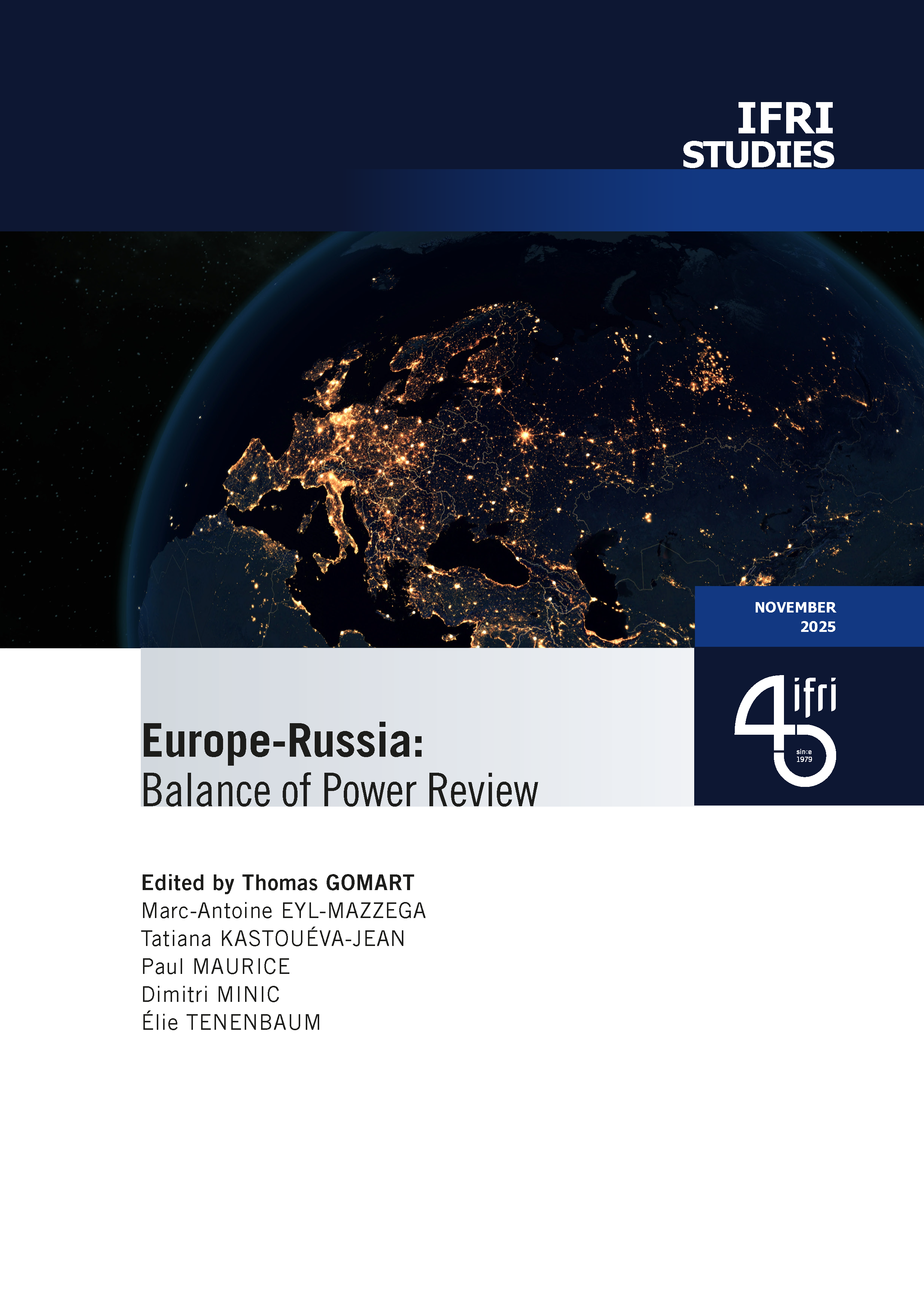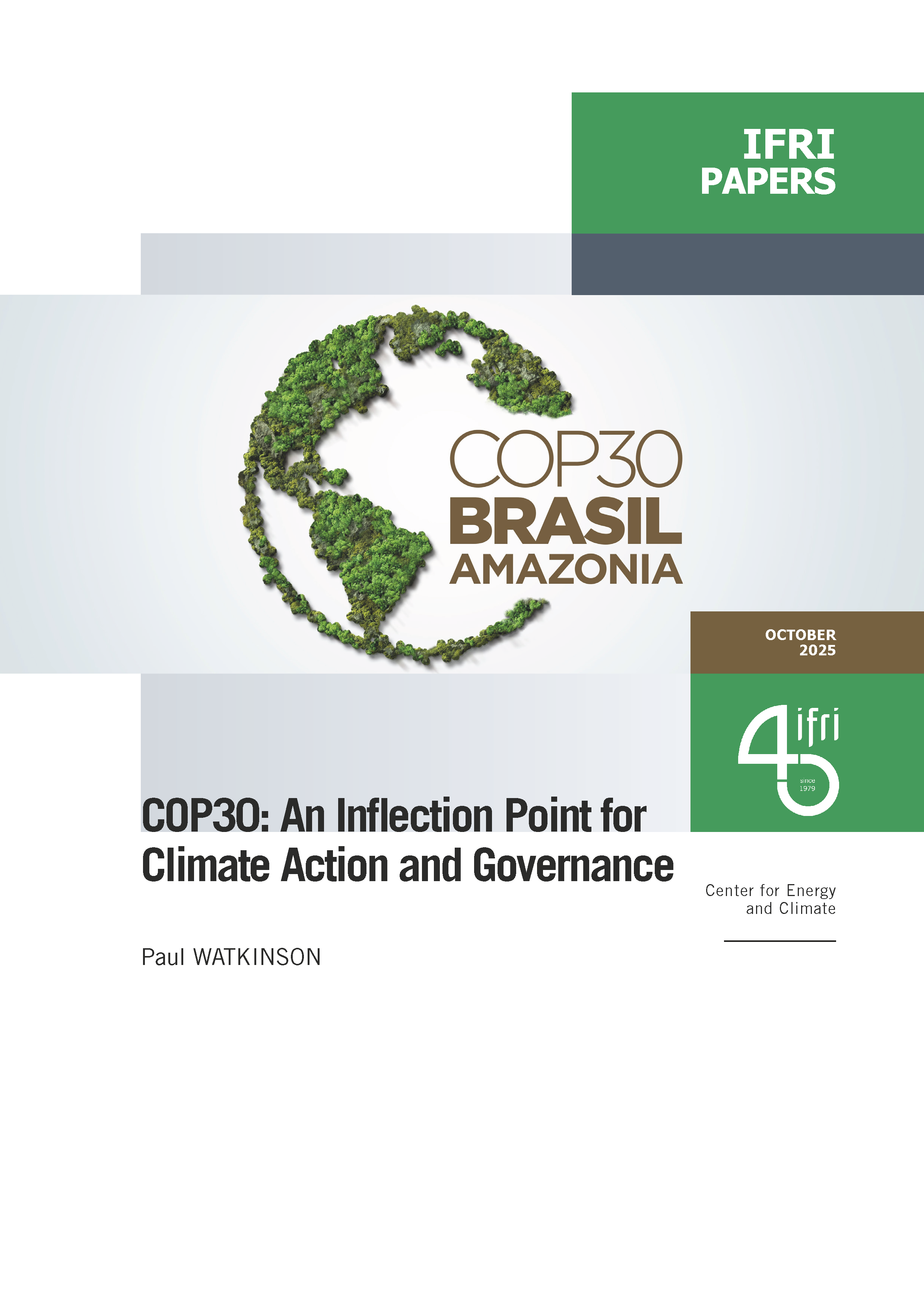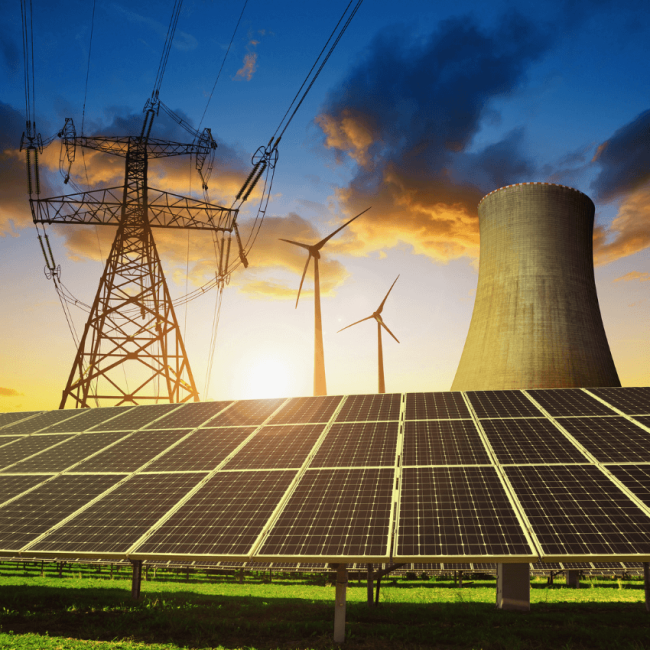Towards a New Geopolitics of Energy?

First of all, shale oil is starting to take the same dimension as shale gas in the US. Already 51% of US production comes presently from unconventional gas (shale, tight gas and coal-bed methane), and outlooks predict that the US will produce more gas than Russia by 2020. Oil imports have already diminished from 60 to 45%. As domestic unconventional oil production tends to increase, - it is now around 15% - imports will probably decline even more.
When looking at USA’s neighbor, Canada, patterns have been taking an unexpected turn as well: Canada is leader in oil sands production, with forecasts exceeding 3.5 MM bpd in 2025. As Canadian production is directed to the US WTI hub (creating bottlenecks) prices have noticeably fallen, leading to spreads between the Brent and the WTI prices of around 10-12 dollars per bbl, with possible worldwide impacts (refineries, petrochemical industry…).
Besides North America, a great potential in unconventional resources is expected in Asia (mostly China), South America (especially Argentina), Africa (South Africa and Algeria) and Europe (Poland, Ukraine, France and deep-water discoveries in the East Mediterranean Sea). In OPEC countries, new techniques can be applied to old fields to improve their output, for instance in Venezuela, which became the world’s largest holder of proven oil reserves (296.5 billion barrels versus 265.4 for Saudi Arabia - BP, Statistical Review of World Energy 2012). In addition, Eastern Africa and Brazil are coming under the reflectors for their important discoveries in deep water (think of Eni’s discoveries in Mozambique, with potential gas reserves between 1,330 and 1,471 billion cubic meters, Bcm).
China has put in place an ambitious target of producing 60 Bcm of gas by 2020, as its shale gas resources are considered to be as high as in the US. It started investing abroad (mainly in the US) and now it allows joint ventures for exploration and production on its soil.
But China is also at the center of the explosion of Asian demand for hydrocarbons. With a steady growth in middle class population, China and India are eager for resources to satisfy their demand. A new energy axis is then appearing, with China and India interested in the hydrocarbons produced in Middle East and Africa.
If North America tends to become self-sufficient, the resources game will now be played between China, India and Europe on one side, Middle-East, South America (Venezuela, Brazil, to a lesser extent Argentina) and Africa on the other side. In the medium-term, though, as unconventional oil production is still at its beginnings, the Middle East region will still play a significant role in oil production.

Available in:
Regions and themes
Share
Related centers and programs
Discover our other research centers and programsFind out more
Discover all our analysesBrazil One Year Away from the October 2026 General Elections
Brazil’s general elections will be held on October 4, 2026, to elect the president, vice-president, members of the National Congress, governors, deputy governors and state legislative assemblies. For the presidential and gubernatorial elections, a second round will be held on October 25 if no candidate obtains a majority of the votes in the first round.
COP30: An Inflection Point for Climate Action and Governance
The 30th Conference of the Parties (COP30), opening in Belém, Brazil, on November 10th 2025, convenes at a perilous moment.
The Strategic Dimension of Skills in the Clean Industrial Deal
In the competitiveness and energy transition battles, the European Union (EU) must master a determinant factor: skills.
The Energy Transition Faces Geopolitical Challenges. How Can Ideological Divides Be Overcome?
President Trump’s positions and policies, combined with record coal consumption and booming global electricity demand, geo-economic confrontation, and widespread concerns about energy security, are changing the game when it comes to understanding realistic decarbonization trajectories. The war in Europe is intensifying competition between defense and transition budgets. This is also the case elsewhere in the world.









